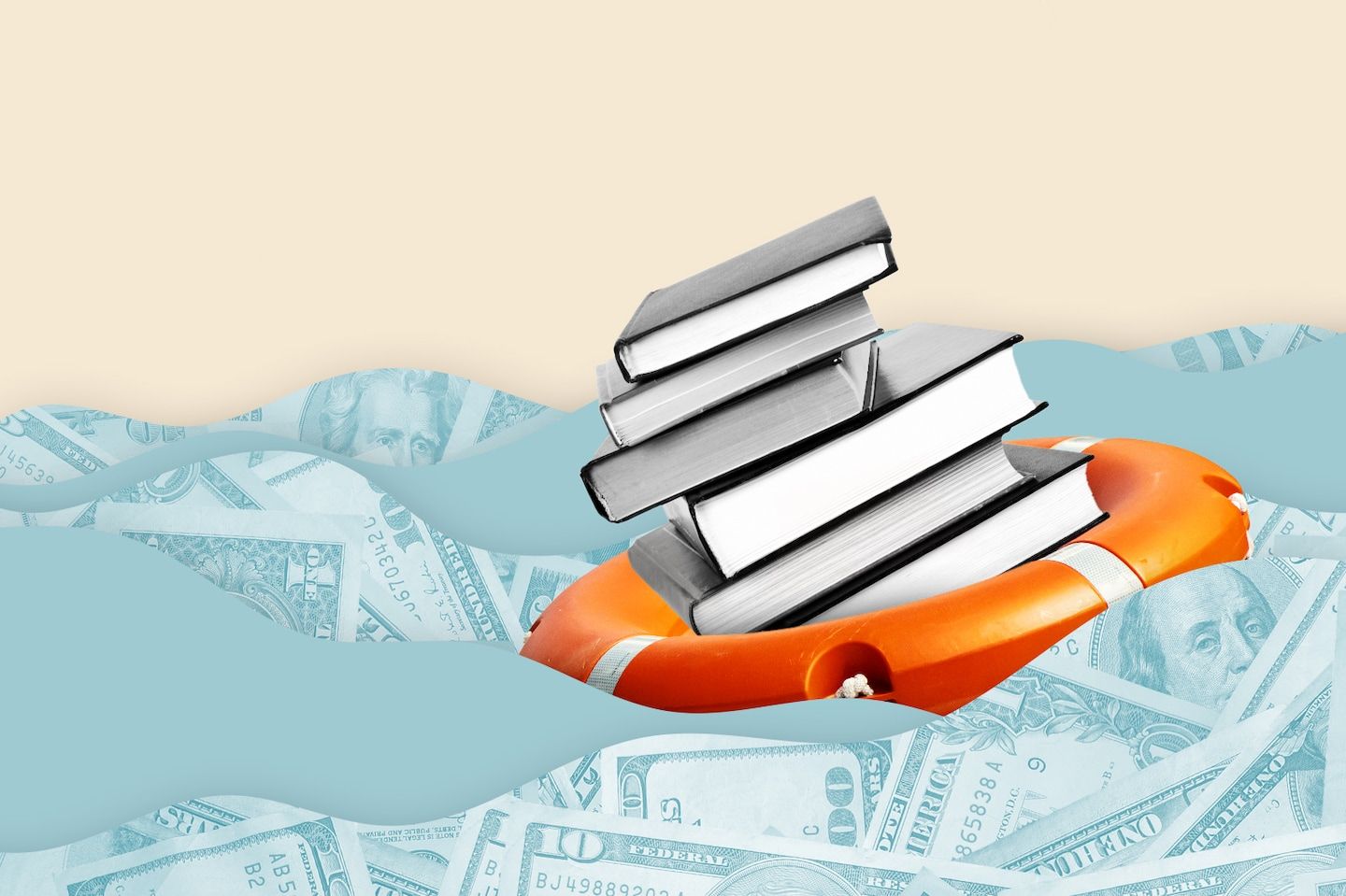The student loan pause is ending. Here are 4 things to focus on
4 things you need to focus on as student loan payments resume (Video: Kathleen Brooks/The Washington Post; iStock)
Listen 5 min Comment on this story Comment Gift Article Share
Get ready now to start paying your student loans again. For over three years — since March 2020 — millions of education loan borrowers have not had to make monthly payments. If you have a personal finance question for Washington Post columnist Michelle Singletary, please call 1-855-ASK-POST (1-855-275-7678) ArrowRight That reprieve is ending soon. “Congress recently passed a law preventing further extensions of the payment pause,” the Education Department said in a statement. That opened the door for interest to start accruing Sept. 1 and for payments to come due starting Oct. 1.
I have worked with a lot of folks who have student loans. Some have struggled to make payments because of low wages, illnesses or family obligations, such as caring for aging parents.
But others, in my experience, have just been trifling.
That initial six-month grace period on their federally backed loans got them used to not paying on the debt. Then they got more time, and the habit stuck. And years after they could have started to pay something — even just the interest — they continued to put their loans on pause through a deferment or forbearance.
Advertisement
Or they failed to make any attempt to find a payment plan that worked for their budget.
If you fall into this category of borrowers, here’s what I recommend once the pandemic-related pause for your federal loans finally ends this fall.
Don’t wait to make your first payment in October
Practice making your payments now.
Contact the company that services your loan to confirm your monthly payment. Then, starting in July, put that money in a savings account. This will give you a sense of how the loan payment will impact your monthly budget.
If the pinch to your finances is too hard during the practice months, contact your loan servicer to figure out your payment options.
Don’t ask for more delays if you don’t need them
A deferment or forbearance allows borrowers to stop making loan payments if they meet certain criteria, such as economic hardship.
Advertisement
We see so many stories of people with six-figure amounts of debt that we assume that’s the norm.
However, most student loan borrowers owe less than $25,000, according to the Federal Reserve’s latest report on the Economic Well-Being of U.S. Households in 2022. The Fed said the median amount of education debt in 2022 — among those with any outstanding debt for their own education — was between $20,000 and $24,999.
“Although it is common to focus only on those with outstanding debt, many people who borrowed for their education had repaid their loans completely,” the Fed said. “Excluding these people who have paid off their debt could overstate difficulties with repayment.”
But if you need to go the deferment or forbearance route come October — because of, say, a job loss or extended illness — at least determine if you can afford to pay the interest that is due.
Advertisement
Don’t ignore interest capitalization
A lot of borrowers have encountered financial stress since graduating. Others dropped out before finishing college but still have loans to repay. Some students were duped by private for-profit schools that saddled them with significant debt for worthless degrees. These are the groups that would benefit most from the Biden administration’s proposed debt forgiveness of up to $20,000.
But I’ve come across numerous others who left loans in deferment or forbearance status for years by claiming hardship when their period of struggle was short-lived. I reviewed their budgets, and they could have been making payments.
Yet, they were eating out a lot, upgrading to larger homes, taking lavish vacations and excessively shopping for stuff they didn’t need — essentially living life as if they would never have to face their student loan responsibility.
Advertisement
Or they went back to school for an expensive master’s degree that they thought would help boost their income. It didn’t, or at least not appreciably. Faced with high monthly loan payments, they asked for forbearance.
Years later, in shock at how their loans have ballooned, they ask: Why do I have to pay so much?
Two words — interest capitalization.
Interest capitalization is when your monthly loan payments don’t cover the interest. Then interest is charged on the new, larger balance. So, your loans grow over time because the interest was recalculated based on that higher principal balance. This may also result in a higher — now truly unaffordable — monthly payment.
Don’t ignore your responsibility
Even if the Supreme Court allows the Biden debt forgiveness plan to proceed, you may still face decades of debt.
Advertisement
The answer to your situation isn’t to ignore the liability.
I can’t count the number of people who, when asked how much in student loans they owe, have only a vague idea of the amount. One borrower I worked with didn’t owe nearly as much as she thought. With some budget cutting, we mapped out a plan in which she could get rid of all the debt in about six months.
Others assume the payments will be unaffordable without having investigated the various repayment plans offered by the Education Department. You may qualify for an income-driven repayment plan, which is based on your earnings and family size. You might not have any required payment because your income is too low.
At studentaid.gov, you will find a loan simulator that can compare the plans. You will answer some questions that will help you determine the best option. For instance, you can indicate your goal is a low monthly payment, and the simulator will suggest a plan.
If you choose to avoid the consequences of failing to address your loans, things can get ugly, including possibly a paycheck garnishment.
If your debt is here to stay, take action. Don’t ignore it.
B.O.M. — The best of Michelle Singletary on personal finance If you have a personal finance question for Washington Post columnist Michelle Singletary, please call 1-855-ASK-POST (1-855-275-7678). Recession-proof your life: The tsunami of economic news is leading consumers, investors and would-be homeowners alike to ask whether a recession is inevitable. Regardless of the answer, there are practical steps you can take to help shield yourself from a worst-case scenario. Credit card debt: Carrying credit card debt is never good and you should ditch the habit. Here are seven ways to lower your credit card debt in light of the Fed continuing to raise interest rates. Money moves for life: For a more sweeping overview of Michelle’s timeless money advice, see Michelle Singletary’s Money Milestones. The interactive package offers guidance for every life stage, whether you’re just starting out in your career to living an abundant life in retirement. Test Yourself: Do you know where you stand financially? Take our quiz and read advice from Michelle.
GiftOutline Gift Article
Source: The Washington Post


